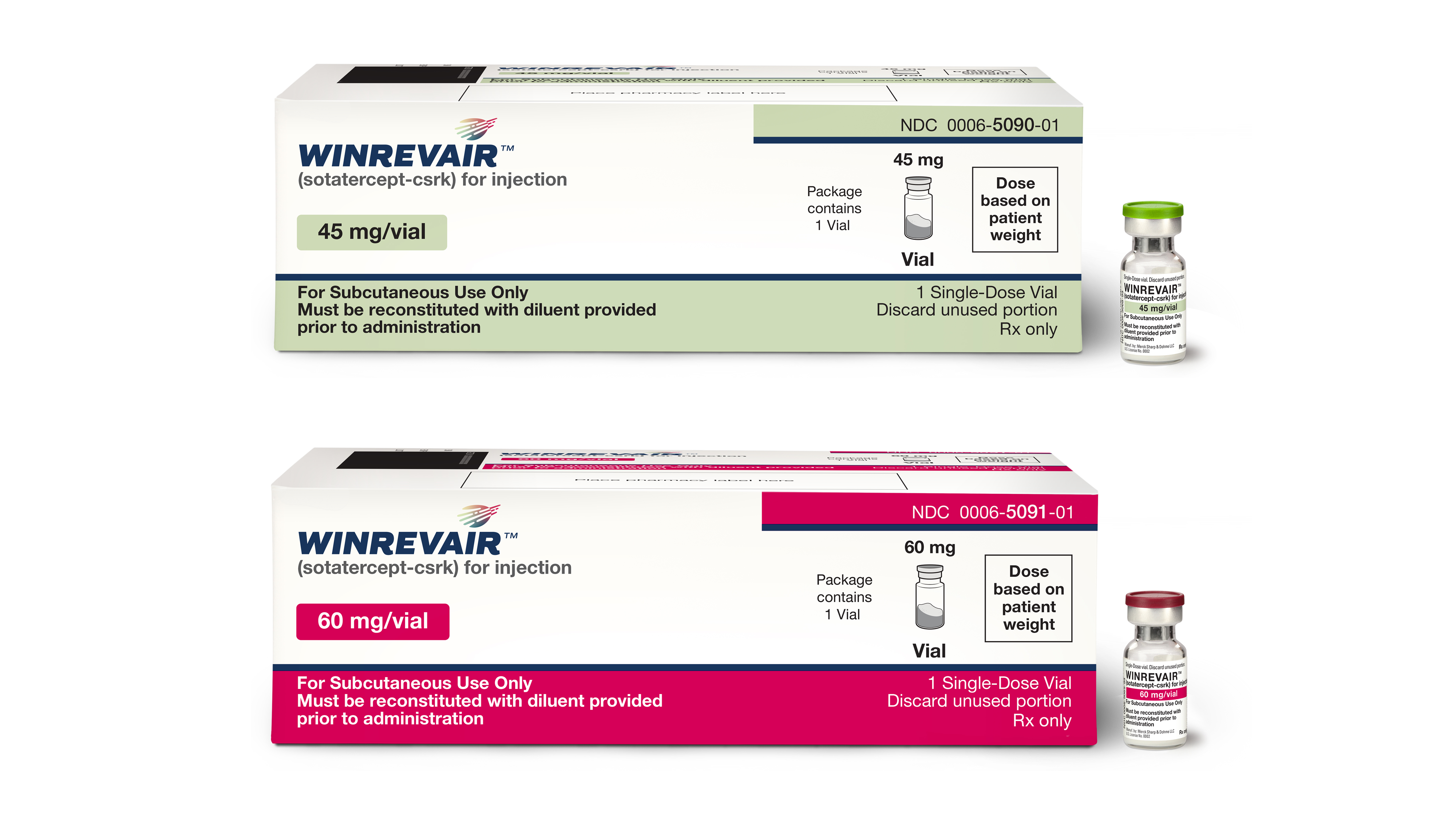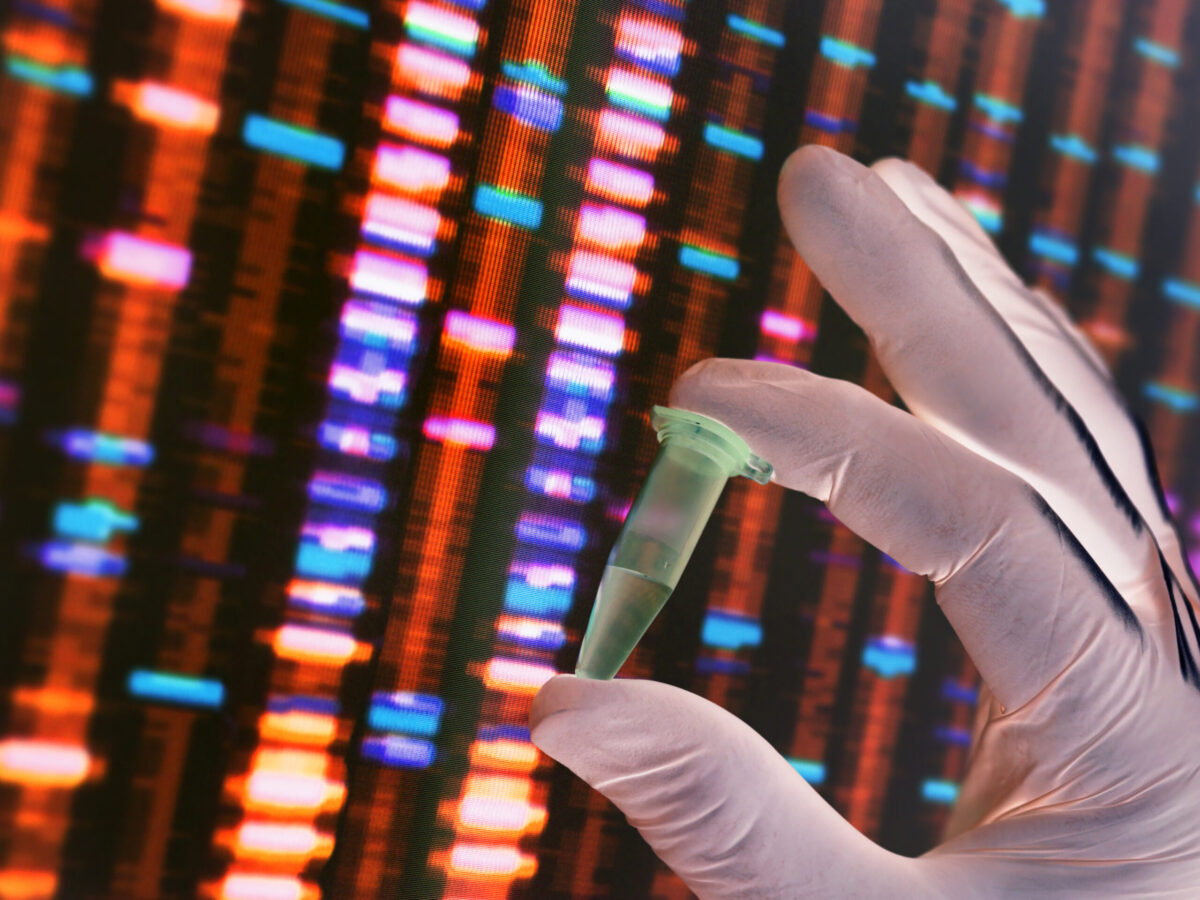A novel compound capable of simultaneously breaking down tough bacterial biofilms and killing a deadly respiratory virus, has been developed by researchers at the University of Pittsburgh Center for Vaccine Research (CVR). In laboratory trials, the peptide outperformed many traditional antimicrobial compounds.
Building on recent research performed at Pitt’s School of Medicine, the scientists developed a compound that would work against the virus’ ability to encourage bacterial biofilm formation. The compound could represent a new treatment for drug-resistant bacteria that are impervious to almost all types of known antibiotics.
“This is really unusual. To the best of our knowledge, no other antibiotics out there work on both the bacteria and the virus during a co-infection,” said Dr. Jennifer M. Bomberger, assistant professor in Pitt’s Department of Microbiology and Molecular Genetics, and senior author on the article. “Antibiotic-resistant chronic infections are an urgent public health threat, and the development of new therapies has been painfully slow. So to see something work on a virus and the incredibly resistant biofilms that bacteria form is very exciting.”
Patients with chronic diseases are especially susceptible to complicated infections, which persist by evading the body’s attempts to clear them from the sinuses, lungs, and other areas. These strains of bacteria often produce biofilms, allowing the bacteria to stick together in colonies that are remarkably resistant to antibiotics.
The newly-developed drug therapy utilizes a more efficient version of a naturally-occurring antimicrobial peptide, known as an engineered cationic antimicrobial peptide, or eCAP. The eCAP works by making holes in the cell membranes and protective envelopes surrounding bacterial cells and viruses, respectively, thereby destroying them.
In order to test the effectiveness of the eCAP, Bomberger and her team exposed cultured human lung cells to a biofilm-forming, drug-resistant strain of Pseudomonas aeruginosa. After exposing the infected cells to the eCAP for a one-hour period, the researchers found that it was 50 times more effective at breaking down the biofilm, compared to traditional treatments. Importantly, the eCAP did not have a negative effect on the cultured cells themselves.
As part of a second test, the researchers infected the cells with respiratory syncytial virus (RSV) – a pathogen that causes serious infections in infants and the elderly – then added the Pseudomonas aeruginosa biofilm. Compared to traditional therapies, the eCAP was 10 times more effective against the virus-bacteria co-infection within the biofilm.
Bomberger had previously reported that RSV supports the growth of Pseudomonas aeruginosa biofilms. “When the body responds to fight the virus, it inadvertently leaves an Achilles heel by fostering an environment rich in the nutrient iron, which aids the bacteria in forming a biofilm,” said Bomberger.
What’s more, the eCAP was also effective against biofilms formed on plastic substrates. This means the compound could find applications in the sterilization of medical equipment, such as bronchoscopes.
“We’re incredibly encouraged by these results,” said Dr. Ronald C. Montelaro, professor and co-director of Pitt’s CVR, and co-author on the study. “Again and again, eCAPs are performing well in laboratory tests and mouse models. They’re an exciting possibility to help solve the antimicrobial-resistant superbug crisis that our world increasingly faces.”












Join or login to leave a comment
JOIN LOGIN